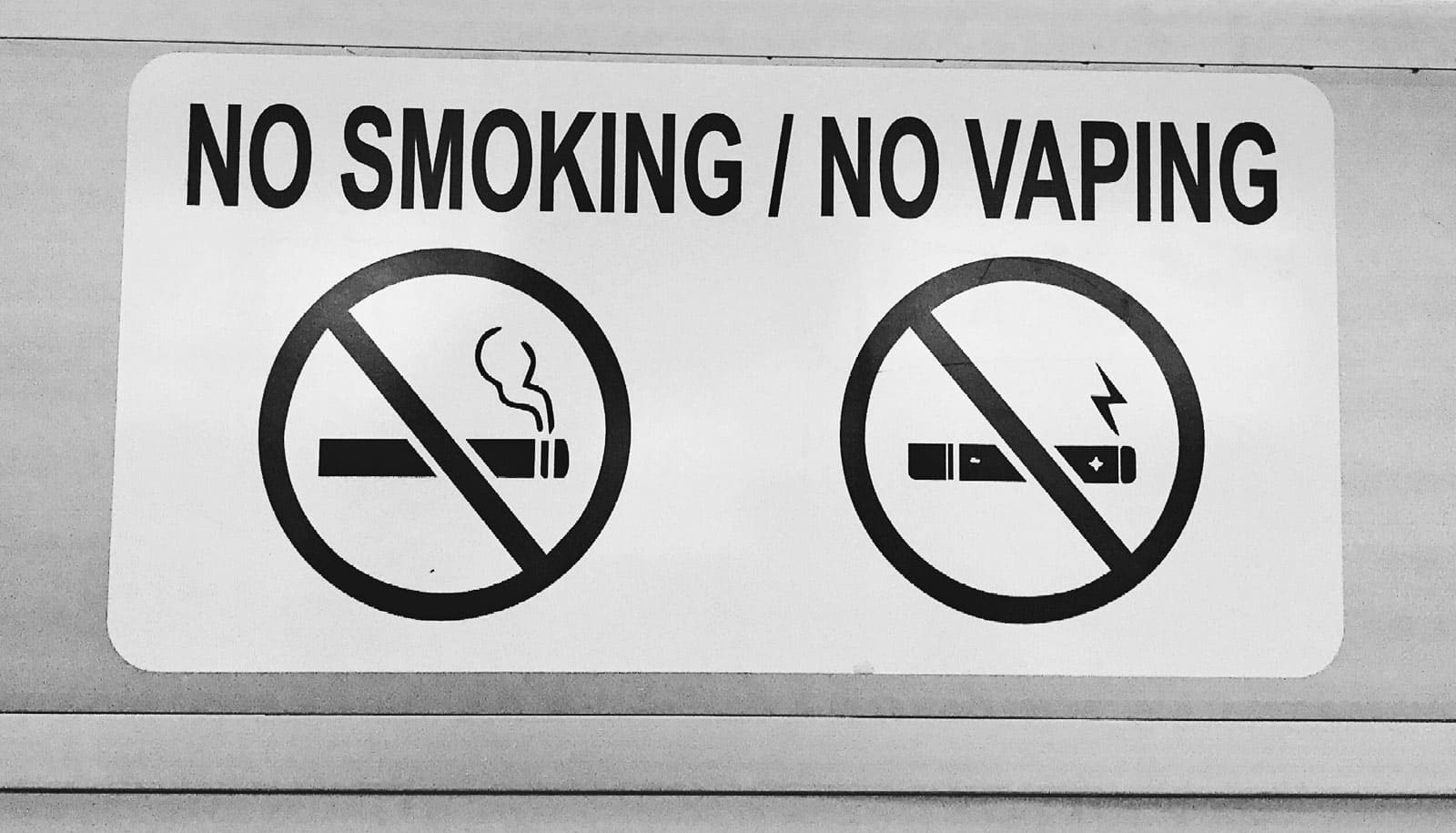More American adults have tried e-cigarettes, but the rate of current use appears to be declining, a new study shows.
Researchers analyzed national data from more than 101,000 Americans who participated in the annual National Health Interview Survey (NHIS) by the US Centers for Disease Control and Prevention. Since 2014, the NHIS has asked adult participants whether they currently use e-cigarettes every day, some days, or not at all.
The findings, which appear in the Journal of the American Medical Association, show that the number of adults who tried e-cigarettes increased—from 12.6 percent in 2014 to 13.9 percent in 2015, and 15.3 percent in 2016.
However, during the same time period, the number of people who said they currently use e-cigarettes “every day” or “some days” decreased—from 3.7 percent in 2014 to 3.5 percent in 2015 to 3.2 percent in 2016.
The decrease in current use was particularly significant among people older than 65, women, non-Hispanic whites, people with low incomes, and current cigarette smokers.
“These trends may suggest that some individuals are trying but not continuing use of e-cigarettes,” says Wei Bao, assistant professor of epidemiology in the University of Iowa College of Public Health.
The study also found that fewer current cigarette smokers use e-cigarettes, but use of e-cigarettes increased among former smokers.
“This pattern may reflect e-cigarette use as adults are transitioning from current to former smokers, but further investigation is warranted,” Bao says.
Public health benefits of vaping outweigh risks
Finally, the study found the rates of e-cigarette use increased among people who never smoked until using them.
“This is concerning because these never-smokers are being exposed to nicotine and other harmful ingredients through e-cigarettes,” Bao says.
While the findings reflect a recent report from the CDC that also shows a decline in the rate of current e-cigarette use among US middle and high school students, Bao cautions it might be too soon to draw usage trends from only three years of data.
Source: University of Iowa



